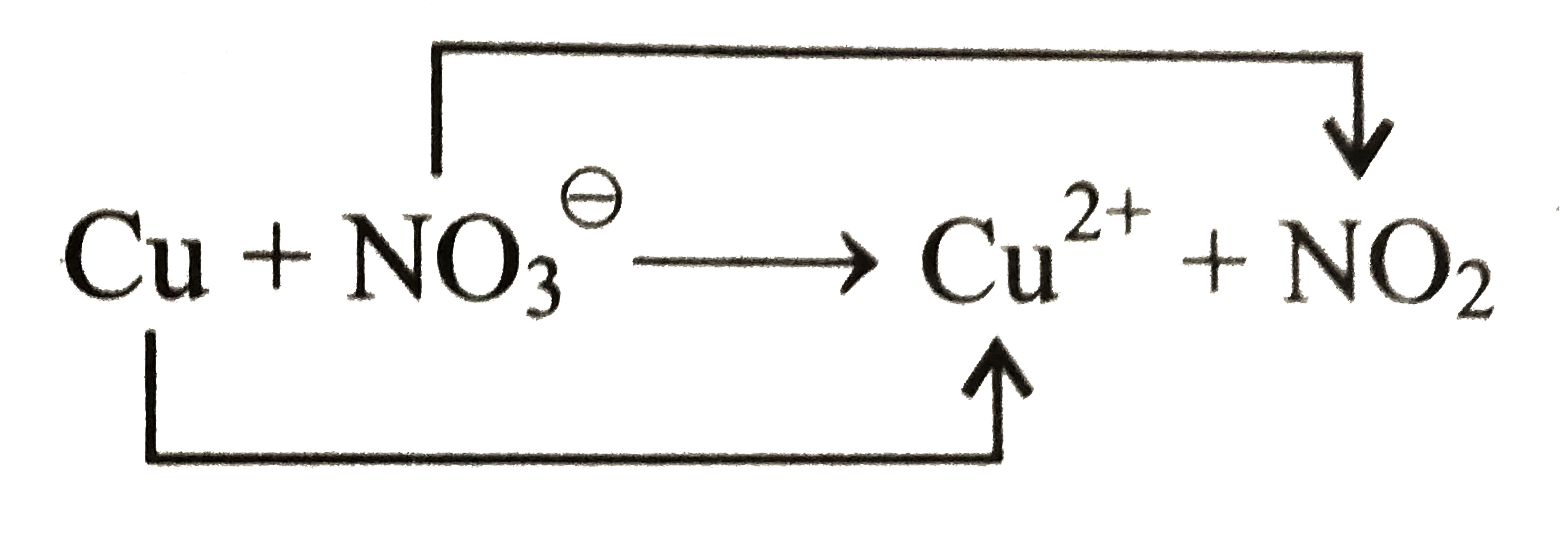Describe the action of dil. Nitric acid reagents on glucose.
Step-by-Step Solution:
1. Understanding Glucose Structure:
- Glucose is a simple sugar with the molecular formula C₆H₁₂O₆. It has multiple hydroxyl (–OH) groups and an aldehyde group (–CHO) at one end of the molecule.
2. Action of Dilute Nitric Acid:
- Dilute nitric acid (HNO₃) is a strong oxidizing agent. When glucose is treated with dilute nitric acid, it undergoes oxidation.
3. Oxidation of Glucose:
- The aldehyde group (-CHO) in glucose is oxidized to a carboxylic acid group (-COOH).
- Additionally, the hydroxyl groups (-OH) can also be oxidized to form carboxylic acids, depending on the reaction conditions.
4. Formation of Gluconic Acid:
- The primary product of the oxidation of glucose by dilute nitric acid is gluconic acid (C₆H₁₂O₇). The structure of gluconic acid contains one carboxylic acid group and retains the other hydroxyl groups.
5. Overall Reaction:
- The overall reaction can be summarized as:
C6H12O6+HNO3→C6H12O7+NO2+H2O
- Here, gluconic acid is formed along with nitrogen dioxide (NO₂) and water (H₂O) as by-products.
6. Conclusion:
- In summary, the action of dilute nitric acid on glucose results in the oxidation of glucose to gluconic acid, demonstrating the strong oxidizing nature of dilute nitric acid.
- Glucose is a simple sugar with the molecular formula C₆H₁₂O₆. It has multiple hydroxyl (–OH) groups and an aldehyde group (–CHO) at one end of the molecule.
- Dilute nitric acid (HNO₃) is a strong oxidizing agent. When glucose is treated with dilute nitric acid, it undergoes oxidation.
- The aldehyde group (-CHO) in glucose is oxidized to a carboxylic acid group (-COOH).
- Additionally, the hydroxyl groups (-OH) can also be oxidized to form carboxylic acids, depending on the reaction conditions.
- The primary product of the oxidation of glucose by dilute nitric acid is gluconic acid (C₆H₁₂O₇). The structure of gluconic acid contains one carboxylic acid group and retains the other hydroxyl groups.
- The overall reaction can be summarized as:
C6H12O6+HNO3→C6H12O7+NO2+H2O
- Here, gluconic acid is formed along with nitrogen dioxide (NO₂) and water (H₂O) as by-products.
- In summary, the action of dilute nitric acid on glucose results in the oxidation of glucose to gluconic acid, demonstrating the strong oxidizing nature of dilute nitric acid.
Similar Questions
Describe the action of Acetic anhydride reagents on glucose.
View SolutionDescribe the action of Hydroxyl amine reagents on glucose.
View SolutionDescribe the action of Bromine water reagents on glucose .
View SolutionDescribe the action of following reagents on glucose:
HIView SolutionDescribe the action on Br2 in acetic acid on anisole.
View SolutionCopper reacts with dil . Nitric acid
View SolutionWrite a balanced equaiton when copper reacts with nitric acid, a brown gas is fromed and the solution turns blue.
 View Solution
View SolutionWhat are racemates ?
What is the action of the following reagents on glucose ?
(a) Bromine water (b) HydroxylamineView SolutionDescribe the action of chlorine on methane.
View SolutionDescribe the action of hydroiodic acid on diethyl ether.
View Solution

